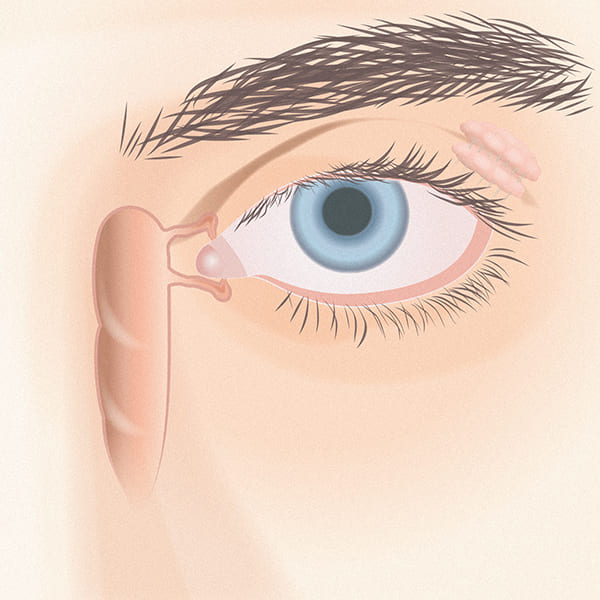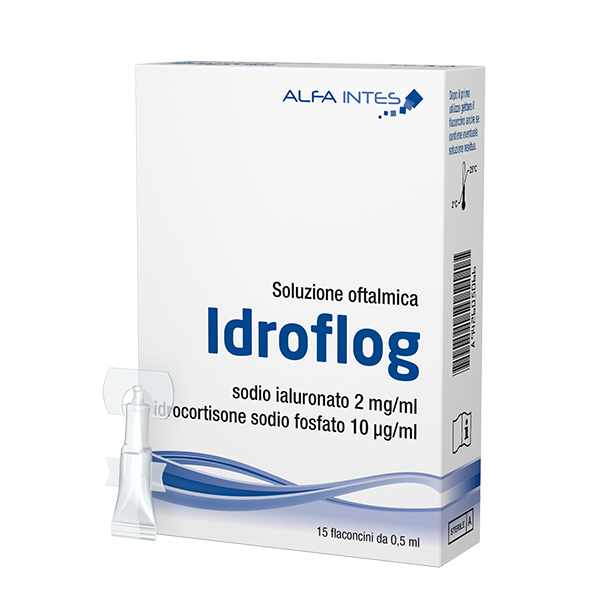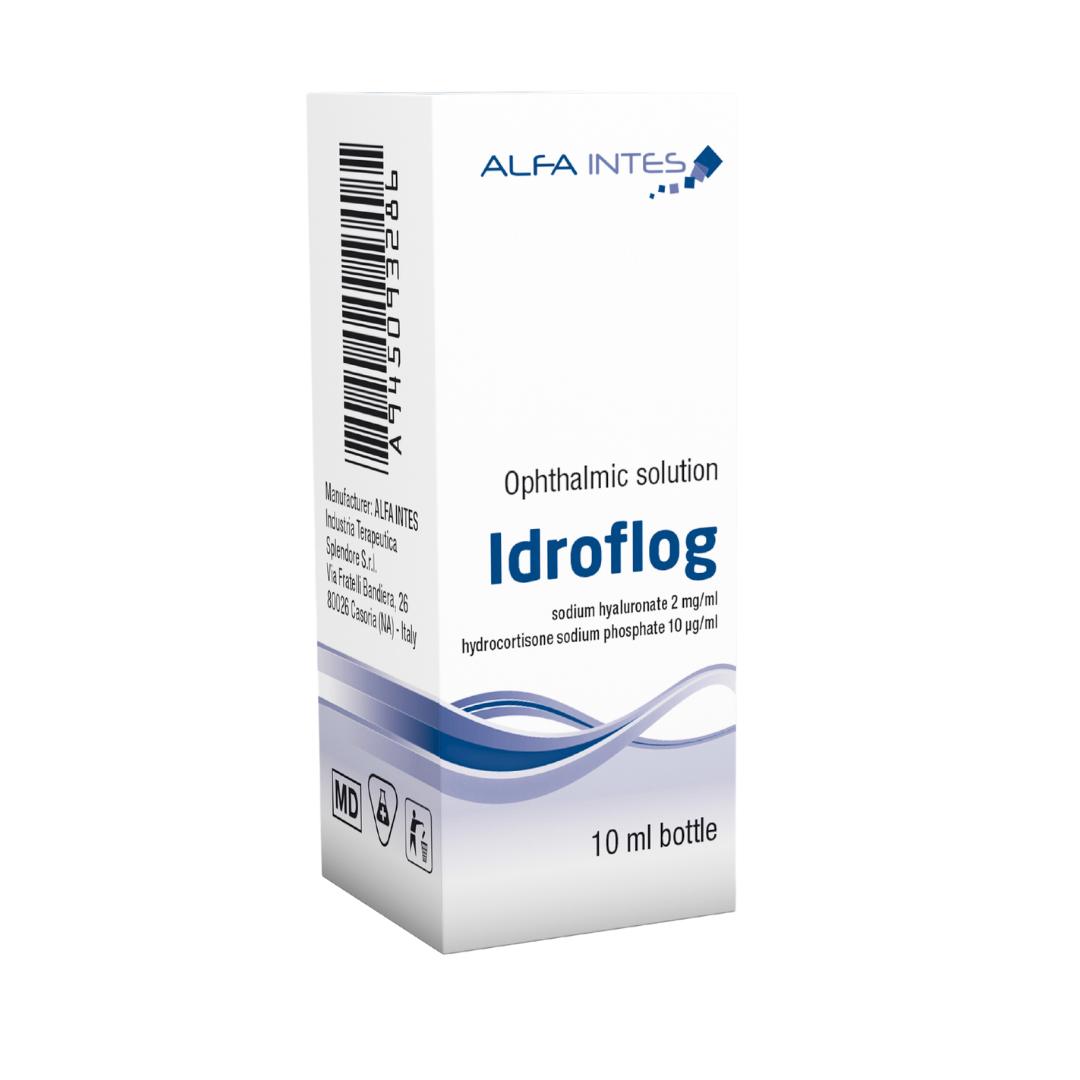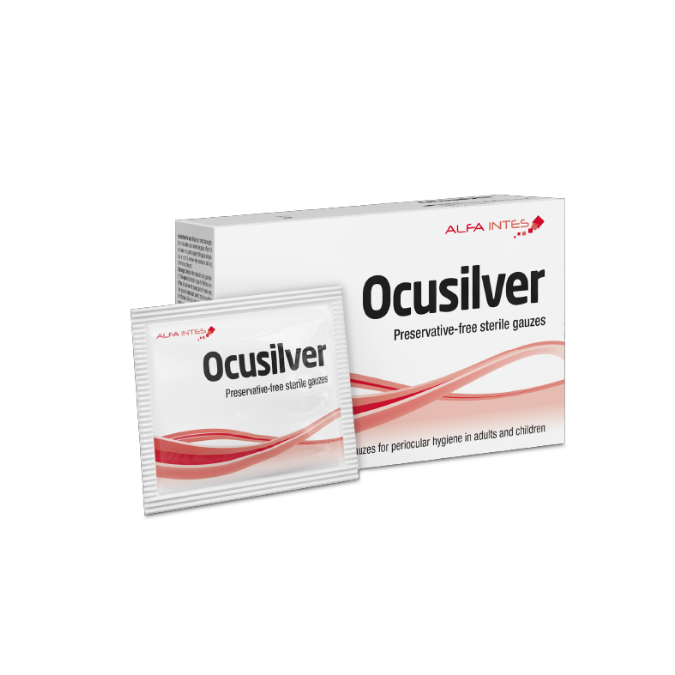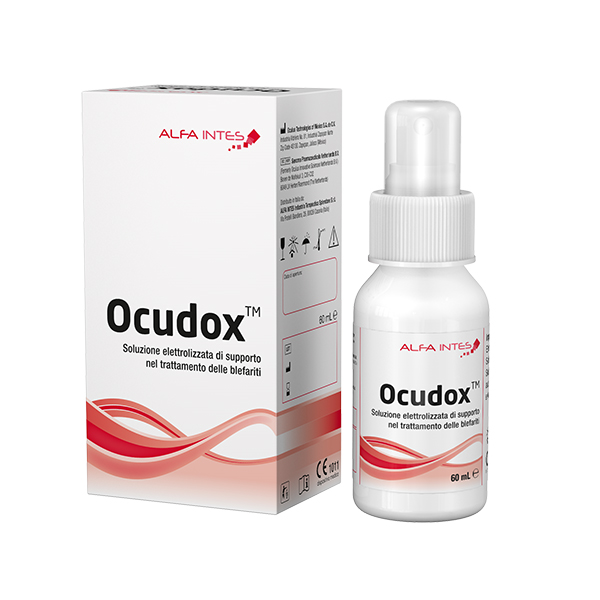Diagnosis
The diagnosis of a tear duct disorder is usually made by the medical specialist, the ophthalmologist, following an examination and specific tests.
In the case of a possible tear duct obstruction, the specialist may require certain examinations to be carried out, such as tear duct probing or endoscopy.
Treatment
Treatments for tear duct disorders vary depending on the cause and severity of the specific situation.
Narrowing and abnormalities of the tear duct are usually treated with probing, unblocking procedures, stents and tubes. In some cases, however, it may be necessary to resort to surgery as the only therapeutic option to resolve this pathology.

